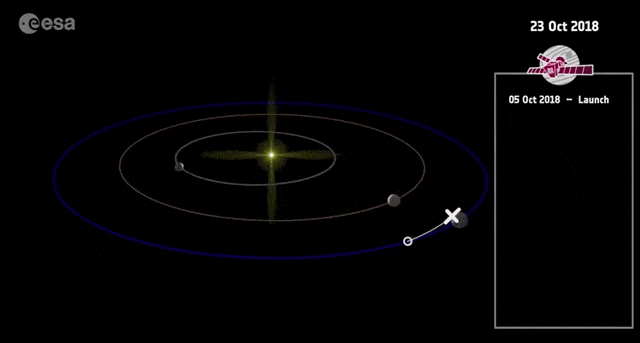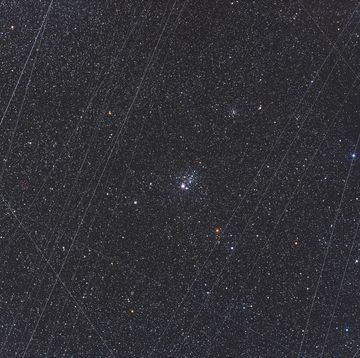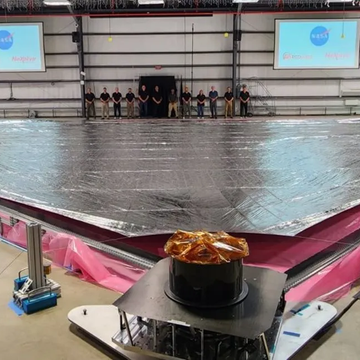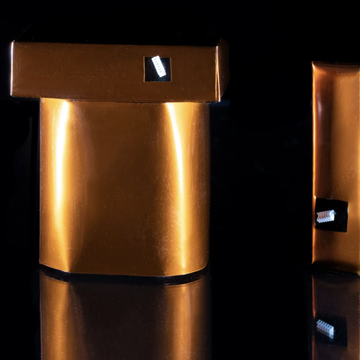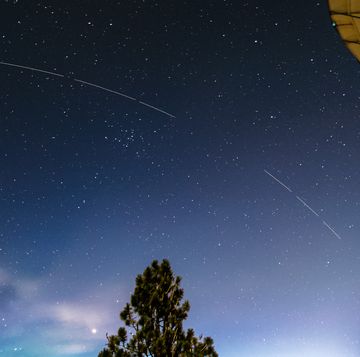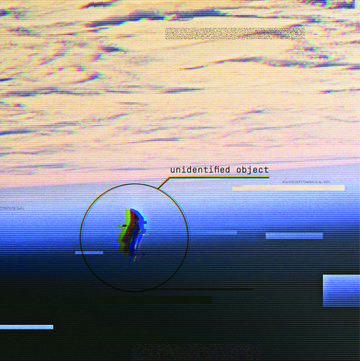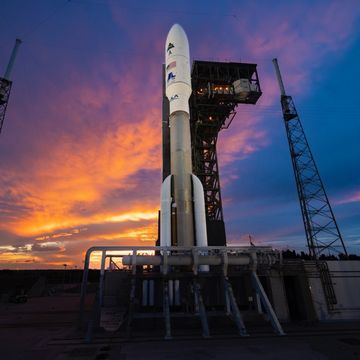UPDATE: October 19, 2018: Right on schedule, the BepiColombo spacecraft is scheduled to blast off in the early morning of Saturday, October. Its seven-year mission will begin at the Guiana Space Center in South America, a spaceport that is a joint collaboration between French Guiana and the European Union.
“This is an exciting time,” says Rolf Densing, ESA’s Director of Operations, in a press statement. “After months of practice, teams here at mission control are eager to see BepiColombo depart from our planet, and they’re ready to guide it carefully every day for seven years until it arrives at Mercury.”
You can watch the official livestream of the launch here.
July 2017: The European Space Agency (ESA) is teaming up with the Japan Aerospace Exploration Agency (JAXA) for a tour of the inner solar system, using the gravity of Earth and Venus for a comprehensive study of Mercury. BepiColombo, as the mission is called, will launch in October 2018.
Mercury remains our solar system's least studied inner planet, with only NASA's Mariner 10 and MESSENGER probes getting prior looks. They revealed that the closest planet to the sun actually has water vapor in its atmosphere and could possibly have frozen ice in its polar regions. Bepi will take 7.2 years to get to the planet at which point will begin several flybys, ending in 2025.
But perhaps as fascinating as anything it will find are the orbital mechanics it will use to get there. Its complicated gravity-assisted route takes it on the far side of Earth, performing one flyby of our blue marble and two flybys of Venus before it actually starts getting a look at Mercury:
Once it arrives near Mercury, there will be plenty to study. There are Mercury hollows, structures that appear to be unique to the planet. Little is known about these shallow, irregular depressions that dot the surface. There are theories that they might be involved with the planet's current rate of shrinking and its past volcanic activity, but nobody knows for sure.
The ESA says BepiColombo offers a chance to test Einstein's general theory of relativity to "an unprecedented level of accuracy," considering how gigantic objects like the sun cause distortions in spacetime. BepiColombo will be able to record those distortions through the frequency shifts in radio signals traveling through space.
Most space missions prepare for extreme cold, but BepiColombo's proximity to the sun means that it needs to be built for some of the hottest temperatures in the solar system, reaching 662 degrees Fahrenheit. The ESA is building the Mercury Planetary Orbiter (MPO) while JAXA works on the Mercury Magnetosphere Orbiter (MMO). Every object on BepiColombo will have protective shielding, but the solar intensity will mean that even its solar panels cannot directly face the sun.
Forced to face away from their power source, BepiColombo's solar panels will compensate by being larger than what would normally accompany a mission like this. BepiColombo will be equipped with a piece of technology familiar to many drivers here on Earth, a radiator. Specially designed to reflect heat directionally, the ESA says, the radiator will handle all energy coming from the sun as well as internally generated heat created by Bepi's moving parts.
Named after the late Italian mathematician and engineer Giuseppe (Bepi) Colombo, the mission will hopefully provide answers to several mysteries regarding the oft-forgotten tiny planet.
David Grossman is a staff writer for PopularMechanics.com. He's previously written for The Verge, Rolling Stone, The New Republic and several other publications. He's based out of Brooklyn.
